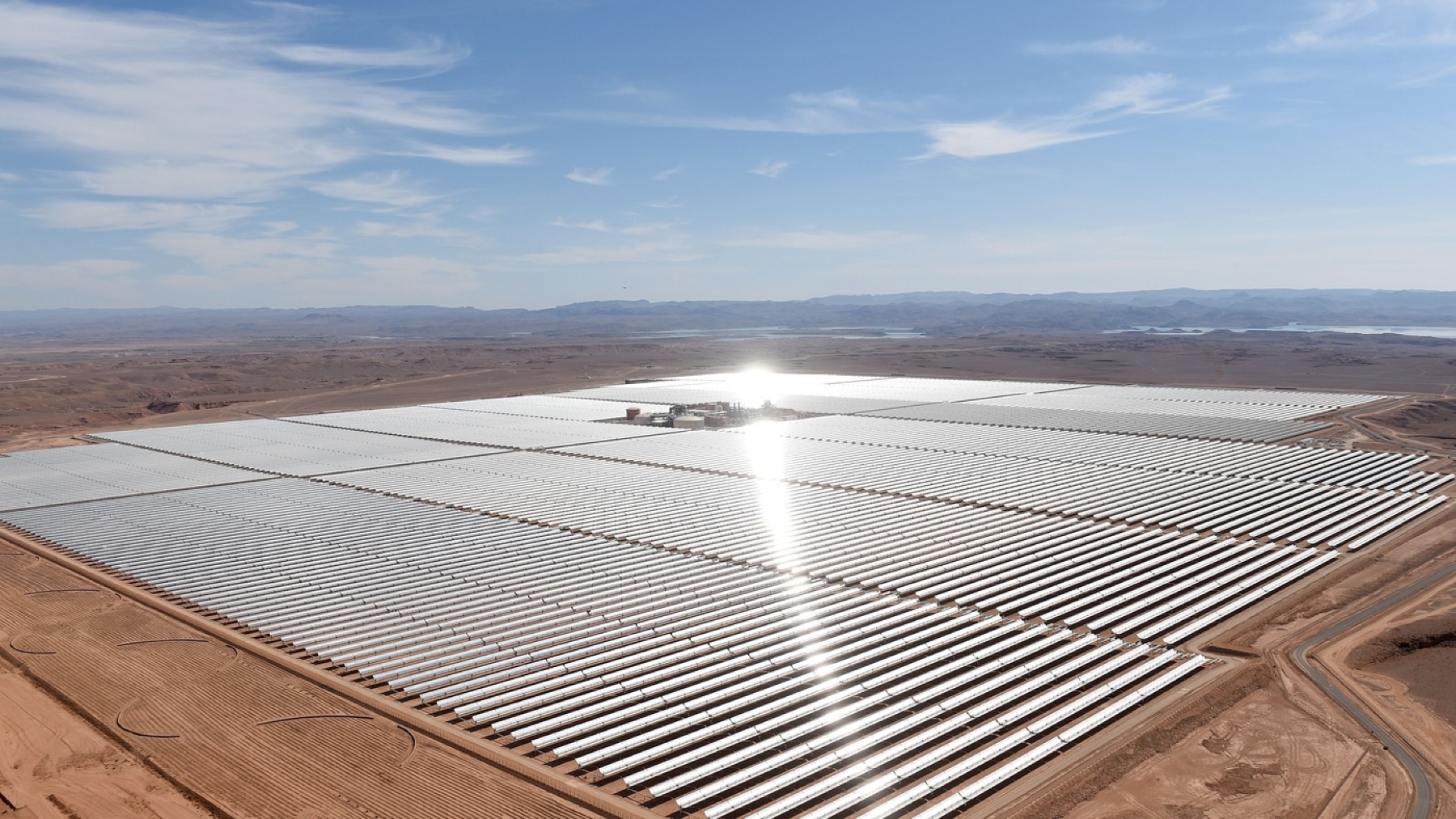Sahara covered with solar panels: The biggest mistake in history and 2 billion we lost
October 5, 2024

The perception of the Sahara Desert being covered with solar panels has interested scientists as well as conservationists for ages. With the mounting need to shift to renewable energy resources, it might be a great solution, a massive desert bare to ample sunlight, producing sufficient power to supply the world. However, as attractive as it sounds, the actuality of an initiative comes with difficulties that might offset the advances.
Sahara Desert’s solar possibility: Bright future or ecological problem?
Initially, the Sahara Desert looks like a perfect contender for solar energy. As per Finnish scientists, 69% of our energy occurs from solar farms to accomplish international net-zero emissions. Solar panels enveloping only 1.2% of the desert could possibly produce sufficient power to supply the whole world. The elevated levels of solar radiation at the Sahara turns it into a brilliant site for employing solar energy, as well as an initiative of this level appears to be a rational step to an environmental future.
But what appears to be a straightforward solution promptly exposes difficulties when considering the impacts on the Sahara’s climate as well as environment. The initiative may accomplish its energy objectives; however, it can also cause unlikely eco-friendly concerns which need to be tackled before proceeding.
Covering the desert: A solar resolution with involuntary effects
A huge worry regarding enveloping the desert with solar panels is the impact it has on the environment. Solar panels soak up sunlight as well as converting the sunlight into electricity, however it also captures heat. Because solar panels are darker than the Sahara’s sand, they will soak up more heat, leading to a major temperature raise in the area. Studies imply that this might increase the desert’s temperature by 3°C, with a handful of zones undergoing raises of up to 10°C.
The heating impact may change the rainfall patterns in Sahel, the area South of the Sahara, possibly decreasing rainfall along with affecting local agriculture. Furthermore, the alteration in climate may spark a domino effect of events, including intensified international temperatures as well as disturbances to air flows along with ocean currents. These changes may have a deep effect on environments further than the desert.
Future building: Financial obstacles of the desert solar farm
Even though we overcome ecological obstacles, the establishment of logistics plus solar farm maintenance in the desert are frightening. Changing billions of solar panels to the isolated Sahara will be an enormous task, needing major economical as well as human resources. Once functional, the solar farms might require continuous onsite team maintenance, additionally adding to the price as well as to the complexity of the initiative.
Furthermore, there is a problem of transferring the generated electricity through solar panels to other parts of the globe. Although it’s probable to transport electricity across extended distances utilizing high power DC power lines, which will result in energy depletion of up to 10%. For an initiative of this magnitude, even little ineffectiveness can lead to significant energy losses, causing the project less economically viable.
Although the idea of enveloping the Sahara Desert with solar panels is captivating, it’s not devoid of its faults. The ecological as well as the logistical challenges present substantial difficulties to making it an actuality. Alternatively, concentrating on minor, local solar initiatives in specific countries might be a more reasonable solution. Current initiatives such as the Morocco’s Noor Ouarzazate Solar Complex offers a glance of how solar power could be utilized on a more adaptable level. Currently, enveloping the desert in solar panels stays a dream instead of being a solution.
Search
RECENT PRESS RELEASES
Related Post




